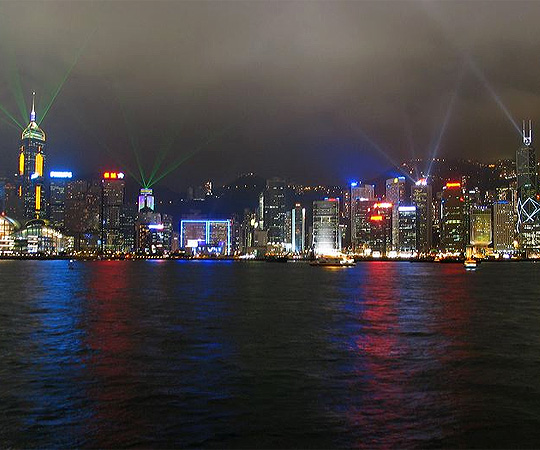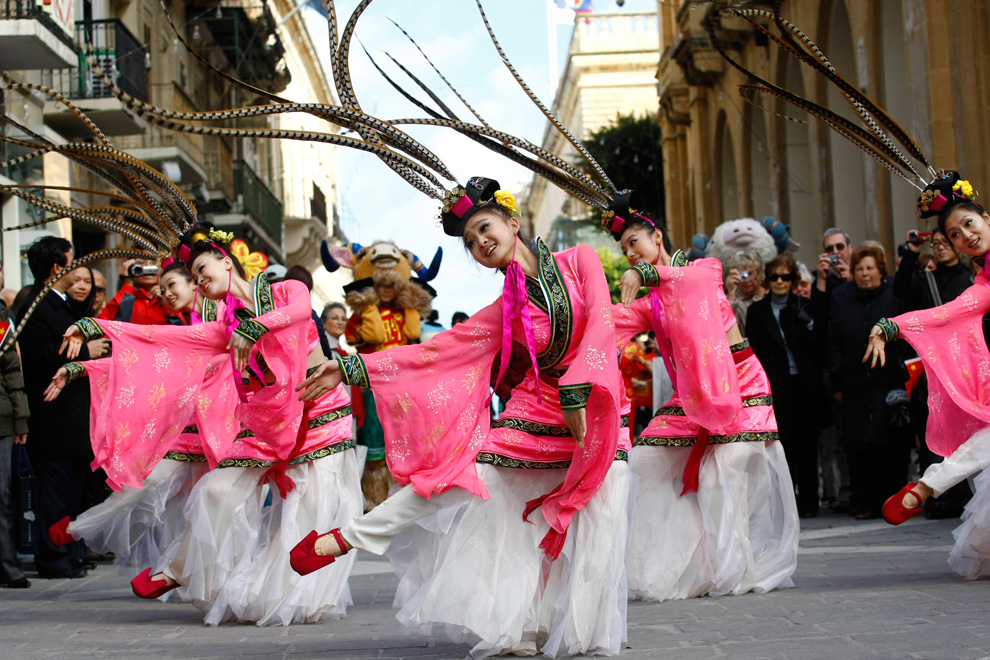
Beijing is the capital of the most populous country in the world, the People’s Republic of China, and also its second largest city after Shanghai. It was also the seat of the Ming and Qing dynasty emperors until the formation of a republic in 1911. Beijing is the political, educational and cultural centre of the country and as such it is rich in historical sites and important government and cultural institutions.
The city is well known for its flatness and regular construction. There are only three hills to be found in the city limits (in Jingshan Park to the north of the famous Forbidden City). Like the configuration of the Forbidden City, Beijing has concentric “ring roads”, which are actually rectangular, that go around the metropolis.

The Qing dynasty fell in 1911. In the chaotic first years of Republican China, Beijing was beset by fighting warlords. Following the Northern Expedition, the Kuomintang moved the capital to Nanjing in 1928, and renamed Beijing as Beiping (“Northern Peace”) to emphasize that it was no longer a capital. Beijing remained a center for education and culture throughout the Republican Era. When the Kuomintang was defeated by the Communists in 1949, the new government proclaimed a People’s Republic with its capital as Beijing.
